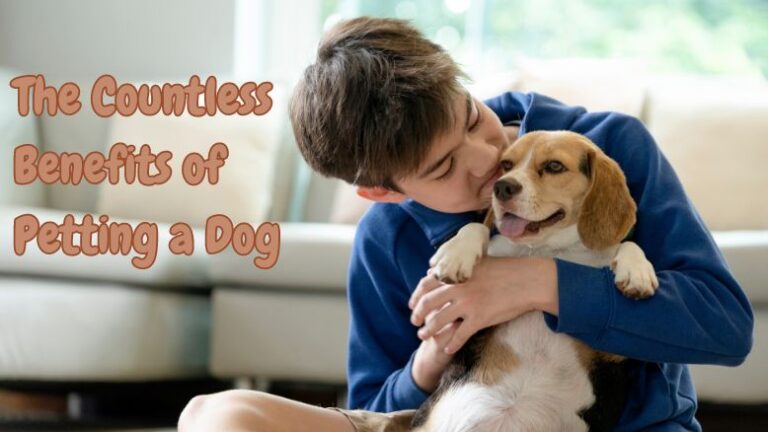
Adding a new dog to your family is an exciting decision, but it can also bring up concerns. One of the most common questions pet owners ask is, “Will my dog feel betrayed if I get another dog?” Understanding your dog’s emotions and behavior is essential for making the transition smooth for everyone involved.
In this article, we’ll explore whether dogs can feel emotions like betrayal, how they might react to a new furry sibling, and tips to ensure a positive experience for your current dog. We’ll also answer related questions to help you make an informed decision.
Do Dogs Feel Emotions Like Betrayal?
Dogs are emotional creatures, but their emotions differ from humans. While dogs feel joy, fear, anxiety, and even jealousy, the concept of betrayal is likely beyond their cognitive ability. Betrayal is a complex emotion tied to human relationships and expectations, which dogs do not experience in the same way.
However, your dog may feel confused or stressed when their environment changes. This is why it’s important to introduce a new dog thoughtfully.
How Might My Dog React to a New Dog?
Your dog’s reaction to a new dog in the household depends on factors such as their temperament, age, and previous experiences with other dogs. Here are some common reactions:
- Excitement and Curiosity
Some dogs love the idea of having a playmate and may welcome the new dog with wagging tails and enthusiasm. - Jealousy or Territorial Behavior
Dogs who are used to being the center of attention might feel possessive of their toys, space, or affection. This can manifest as growling, guarding behavior, or ignoring the newcomer. - Anxiety or Stress
A dog that’s naturally shy or anxious may feel overwhelmed by the presence of another dog, leading to withdrawn behavior or excessive barking.
Understanding your dog’s personality is key to predicting how they’ll respond and managing their transition.
How to Introduce a New Dog Without Upsetting Your Current Dog
To prevent your dog from feeling stressed or neglected, follow these steps when bringing a new dog into your home:
1. Choose the Right Match
- Consider adopting a dog with a compatible energy level and temperament.
- If your dog is older and calm, avoid introducing a high-energy puppy unless you’re prepared for the dynamic.
2. Introduce on Neutral Ground
- Arrange the first meeting in a neutral area, such as a park, to prevent territorial disputes.
- Keep both dogs on leashes and allow them to sniff each other at their own pace.
3. Gradual Transition
- Start with short, supervised interactions before letting the dogs spend extended periods together.
- Provide separate spaces for each dog to retreat to if they need a break.
4. Maintain Your Dog’s Routine
- Dogs thrive on routine, so stick to your current dog’s feeding, walking, and play schedules.
- Give your dog one-on-one time to reassure them they’re still an important part of the family.
5. Use Positive Reinforcement
- Reward both dogs for calm and friendly behavior.
- Avoid scolding or forcing interactions, as this can create negative associations.
Common Concerns About Adding a Second Dog
Here are answers to related questions that many pet owners have:
Will my dog get jealous of the new dog?
Yes, jealousy is a possibility. Dogs are social animals that value their relationships with their humans. To mitigate jealousy, ensure both dogs receive equal attention, treats, and affection.
What if my dogs don’t get along?
It’s normal for dogs to need time to establish a relationship. However, if tension persists, consult a professional dog trainer or behaviorist. They can provide strategies for creating a harmonious home.
Does a second dog make the first dog happier?
For many dogs, the answer is yes! A second dog can provide companionship and play opportunities, especially if they’re compatible in personality and energy levels.
What’s the best age to introduce a second dog?
There’s no one-size-fits-all answer, but a good time is when your current dog is well-trained and emotionally mature. This often occurs between 1 and 3 years of age.
Should I get a dog of the same gender?
While dogs of the opposite gender often get along better, same-gender pairs can work if properly managed. Consider individual temperaments more than gender alone.
Signs Your Dog Is Adjusting Well
When the introduction process is successful, you’ll notice these positive signs:
- Both dogs play together or rest near each other.
- Reduced signs of stress like growling or excessive barking.
- Your current dog maintains a healthy appetite and normal behavior.
Final Thoughts
Dogs are resilient and adaptable, but their happiness during a significant change like adding another pet depends on your approach. While your dog won’t feel “betrayed” in the human sense, they may experience temporary stress or jealousy. With patience, planning, and plenty of love, you can create a happy home for both your dogs.
Remember, every dog is unique. Pay close attention to your dog’s cues and adjust your approach as needed. Adding another dog can enrich both their lives—and yours—when done thoughtfully.






